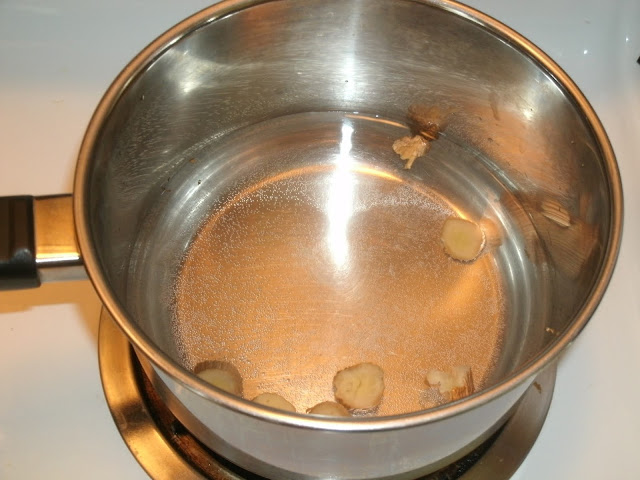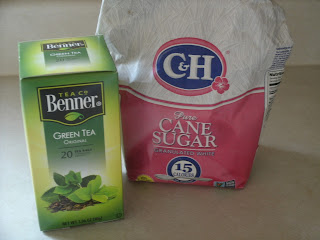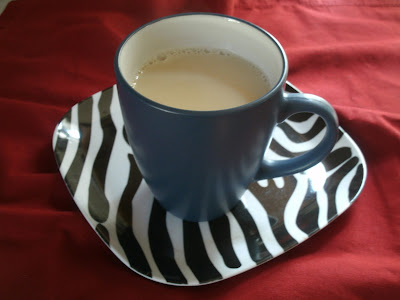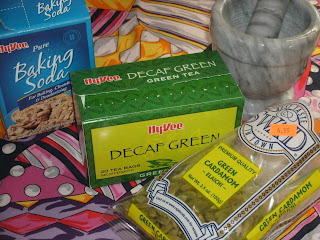Fiji
At this point I feel like I need a vacation from myself... my life... adulting. Anyway, why not escape to the island of Fiji? Fiji is about 1300 miles (2100 km) north of Auckland, New Zealand. Fiji consists of 300 islands, and 540 islets scattered over 1,000,000 square miles (3,000,000 square km)! Of these islands, about 100 are inhabited with the capital Suva being on the largest island. The islands were formed by volcanic activity, sedimentary deposit, and coral. Temperatures in the winter average in the high 60s, and summer temperatures average in the mid 80s. These can be lower in areas of higher elevation. The eastern sides of the islands get less rain fall than the western sides of the islands, so climate and agriculture are very different depending on which side of the island it is. Almost half of the land retains its natural forest, and dry grasslands are found in the west. There are very few beach areas on the islands given the encircling reefs and little surf.
In the 1997 constitution, 3 languages were made the official language of the country: English, Fijian, and Fijian Hindi. There are many dialects of Fijian, and most people speak both English and the language of their ethnic community. A little over half of the population lives in urban areas, and it is a country with a younger population with over half of the population under 30. There was a large Indian population in Fiji after WWII, but they left the country after the government was overthrown in 1987, and Fijians are now the majority. The economy depends on tourism and agriculture. Garment manufacturing and sugarcane make up the largest part of the commercial sector.
Indian influence can be seen in how they make tea. While they drink the spicy black tea known as chai, they put their own spin on making it.
Start out with some ginger in 2 cups of water. Bring it to a boil.
Then add 5 tablespoons of black tea. Well, full measuring spoon tablespoons seemed excessive (that's over 1/4 cup of tea). I'm also a bit short on loose leaf black tea right now. I didn't feel like using up the rest of my bag of Chinese black tea, so I resorted to using 5 tea bags.
Even though I'm using tea bags, I still cut them open and poured the tea dust into the water. Then I tossed in the other spices I was using: 2 cloves, 3 cardamom pods, and a cinnamon stick. After 5 minutes of simmering, I moved onto the next step.
Interestingly enough, they use milk in 2 forms in their tea. First, they use powdered milk. I don't have any full fat powdered milk on hand. Actually, since I've been eating low carb for over a year now, I find that even whole milk is really sugary. There's a lot of lactose in it when you compare it to the protein and fat in whole milk. So, I decided to substitute something I did have on hand.
Yes, you can buy powdered coconut milk. It is so nice to be able to spoon a little bit out of a package instead of having to crack open a whole can of it for a recipe. It is a bit lumpy coming out of the bag, but...
it mixes up pretty smooth with a little water. All the videos I saw showed mixing the dry milk with a little water to make a paste before adding it to the tea. I figured I might as well give it a try.
So after 5 or so minutes of simmering, in goes the powdered milk.
Then they also add fresh, full cream milk. Since I don't have any cow milk in the house, I added some almond milk, and got ready to pour.
I was delighted to see that several videos showed people straining the tea with this exact setup. It's a good thing I bought one of these strainers when the last kitchen store at the outlet mall went out of business. I have used it a lot for tea.
I really liked how dark this brew turned out to be. Whenever I add milk to tea, it always ends up being too weak. That was not the case with this one. This was a fantastic cup of tea! The people in Fiji really know how to make it right. Now I will admit that they put sugar in their tea, but see the low carb comments above. While I know that some in the low carb community would use an artificial sweetener instead, I don't like using them, and I don't like sweet tea, so there you have it. Fijian chai.
In the 1997 constitution, 3 languages were made the official language of the country: English, Fijian, and Fijian Hindi. There are many dialects of Fijian, and most people speak both English and the language of their ethnic community. A little over half of the population lives in urban areas, and it is a country with a younger population with over half of the population under 30. There was a large Indian population in Fiji after WWII, but they left the country after the government was overthrown in 1987, and Fijians are now the majority. The economy depends on tourism and agriculture. Garment manufacturing and sugarcane make up the largest part of the commercial sector.
Indian influence can be seen in how they make tea. While they drink the spicy black tea known as chai, they put their own spin on making it.
Start out with some ginger in 2 cups of water. Bring it to a boil.
Then add 5 tablespoons of black tea. Well, full measuring spoon tablespoons seemed excessive (that's over 1/4 cup of tea). I'm also a bit short on loose leaf black tea right now. I didn't feel like using up the rest of my bag of Chinese black tea, so I resorted to using 5 tea bags.
Even though I'm using tea bags, I still cut them open and poured the tea dust into the water. Then I tossed in the other spices I was using: 2 cloves, 3 cardamom pods, and a cinnamon stick. After 5 minutes of simmering, I moved onto the next step.
Interestingly enough, they use milk in 2 forms in their tea. First, they use powdered milk. I don't have any full fat powdered milk on hand. Actually, since I've been eating low carb for over a year now, I find that even whole milk is really sugary. There's a lot of lactose in it when you compare it to the protein and fat in whole milk. So, I decided to substitute something I did have on hand.
Yes, you can buy powdered coconut milk. It is so nice to be able to spoon a little bit out of a package instead of having to crack open a whole can of it for a recipe. It is a bit lumpy coming out of the bag, but...
it mixes up pretty smooth with a little water. All the videos I saw showed mixing the dry milk with a little water to make a paste before adding it to the tea. I figured I might as well give it a try.
So after 5 or so minutes of simmering, in goes the powdered milk.
Then they also add fresh, full cream milk. Since I don't have any cow milk in the house, I added some almond milk, and got ready to pour.
I was delighted to see that several videos showed people straining the tea with this exact setup. It's a good thing I bought one of these strainers when the last kitchen store at the outlet mall went out of business. I have used it a lot for tea.
I really liked how dark this brew turned out to be. Whenever I add milk to tea, it always ends up being too weak. That was not the case with this one. This was a fantastic cup of tea! The people in Fiji really know how to make it right. Now I will admit that they put sugar in their tea, but see the low carb comments above. While I know that some in the low carb community would use an artificial sweetener instead, I don't like using them, and I don't like sweet tea, so there you have it. Fijian chai.











I will always approve of adding ginger.
ReplyDeleteGinger does make almost anything better!
Delete